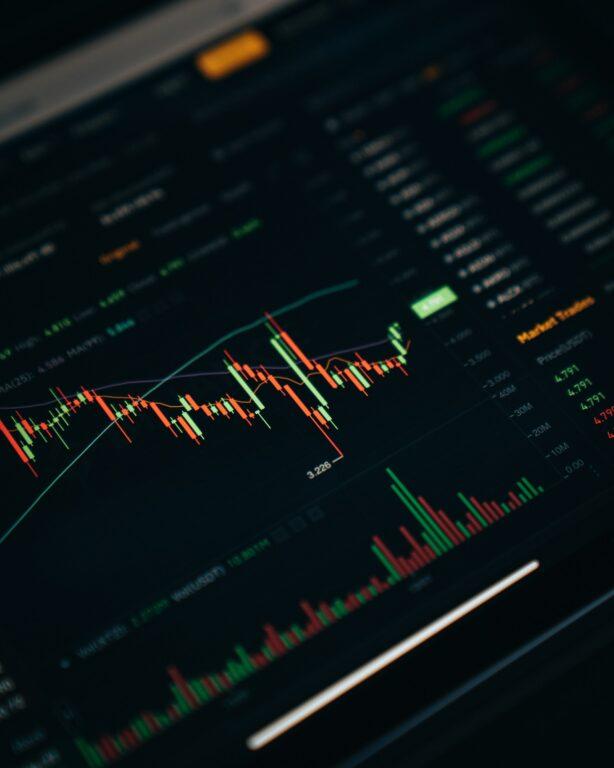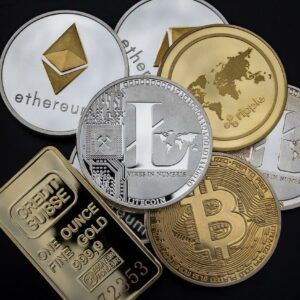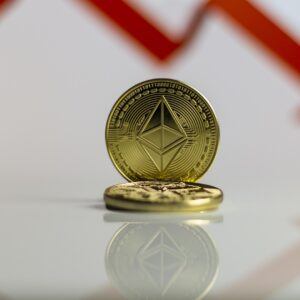Disclaimer: This article is sponsored content and should not be considered as financial or investment advice. Always do your own research before making any financial decisions. The opinions expressed in this article are those of the author and do not necessarily reflect the views of CryptoGlobe.
A DeFi exchange, short for decentralized finance exchange, is a type of platform that allows users to trade cryptocurrencies and other digital assets without the need for a central authority or intermediary. These exchanges run on blockchain technology, primarily on networks like Ethereum, and utilize smart contracts to facilitate transactions directly between users.
The main features of a DeFi exchange
Decentralization: Unlike traditional exchanges, DeFi platforms operate in a decentralized manner, meaning they aren’t controlled by any single entity. This can enhance security and reduce risks associated with central points of failure.
Permissionless: Anyone with an internet connection can access DeFi exchanges, without needing approval from a central authority. This open access can be particularly beneficial for people in regions with limited banking infrastructure.
Transparency: Since transactions are recorded on a blockchain, they are transparent and publicly verifiable. This helps in building trust among users.
Self-Custody: Users on DeFi exchanges maintain control of their private keys and thus their funds. This contrasts with centralized exchanges, where the exchange controls the private keys.
Interoperability: Many DeFi applications are built to be compatible with each other, allowing for features like yield farming, where users can leverage multiple DeFi services to potentially increase their returns.
Popular examples of DeFi exchanges include Bitcoin.me, Uniswap, VoxSwap, SushiSwap, among others. Each offers different functionalities, but the core premise remains the same: facilitating peer-to-peer financial transactions without traditional financial intermediaries.
Defi Exchange x Crypto Exchange
The key differences between a DeFi exchange and a traditional crypto exchange (often referred to as a centralized crypto exchange) revolve around the mechanisms of control, custody, and operational transparency. Here’s a breakdown of the primary distinctions:
Control and Custody
DeFi Exchanges: These are non-custodial and decentralized. Users retain control of their private keys and thus their assets when transacting. There is no central authority managing the exchange; instead, transactions are managed autonomously by smart contracts on a blockchain, effectively reducing counterparty risk.
Centralized Crypto Exchanges: These operate with a central authority that oversees and facilitates transactions. Users must trust the exchange with custody of their assets, as their funds are held by the exchange. When you trade on such platforms, you often transfer your coins into the exchange’s wallet, losing direct control over them and increasing operational risk.
Operational Model
DeFi Exchanges: They often operate on a peer-to-peer basis using smart contracts. All transactions, trades, and fees are managed transparently on the blockchain. They are typically permissionless, meaning anyone can use them without needing an account or going through identity verification processes.
Centralized Crypto Exchanges: These require users to create an account and go through a Know Your Customer (KYC) process. They act as intermediaries in trades, providing order books and facilitating the matching of buyers and sellers.
Transparency and Security
DeFi Exchanges: Since they operate on blockchain technology, all transactions are transparent and immutable. However, the security of a DeFi exchange largely depends on the robustness of its smart contracts, which can be vulnerable to bugs and exploits if not properly audited.
Centralized Crypto Exchanges: They can provide a certain level of security through professional oversight and the use of sophisticated security measures. However, their centralized nature makes them a more attractive target for hackers, and users typically cannot verify the internal processes or the security of their funds on the platform.
Ease of Use and Features
DeFi Exchanges: Often more complex to use, requiring a good understanding of wallet management, smart contracts, and sometimes network fee structures (like gas fees on Ethereum). They often offer innovative financial products and services such as liquidity pools, yield farming, and synthetic assets.
Centralized Crypto Exchanges: Generally user-friendly, offering easy-to-use interfaces, customer support, and additional services like fiat onramps (allowing users to buy crypto with fiat currency), staking, and sometimes even interest accounts or loans.
Regulation
DeFi Exchanges: Largely unregulated, operating in a gray area of finance which could pose risks related to compliance with future regulations.
Centralized Crypto Exchanges: Typically regulated by financial authorities, required to comply with financial laws and regulations, which can provide a level of legal security for users but also impose restrictions on who can use the platform and what can be traded.
Choosing between a DeFi and a centralized exchange often depends on the user’s priorities regarding security, control, regulatory compliance, and ease of use.
How to choose the best DeFi crypto exchange?
When choosing the best DeFi exchange, there are several factors to consider to ensure that you select a platform that meets your needs in terms of security, usability, and functionality. Here are some key considerations:
Security Practices
Smart Contract Audits: Look for platforms whose smart contracts have been audited by reputable security firms. These audits help identify and rectify vulnerabilities before they can be exploited.
Insurance: Some DeFi platforms offer insurance coverage through decentralized insurance providers. This can provide an added layer of security for your funds.
User Experience
Interface: The platform should have a user-friendly interface that makes it easy to navigate and perform transactions.
Documentation and Support: Good documentation and responsive customer support are crucial, especially when dealing with complex DeFi transactions.
Liquidity
Depth of Market: More liquidity means less price slippage and better prices for your transactions. Check the trading volume and liquidity depth of the tokens offered on the exchange.
Fees
Transaction Costs: Understand the fee structure, including trading fees and any potential network fees (like gas fees on Ethereum), to avoid unexpected costs.
Token Availability
Range of Tokens: Consider what cryptocurrencies and tokens are available on the exchange. Some DeFi platforms may offer a wider range of niche or exotic tokens not available on more traditional exchanges.
Community and Reputation
User Feedback: Look at community feedback and reviews. A strong, active community can also be a good indicator of a platform’s reliability and longevity.
Transparency: Platforms that are transparent about their operations, updates, and financial health tend to be more reliable.
Regulatory Compliance
Regulatory Status: While DeFi is generally less regulated, it’s important to understand any potential legal implications, especially if the platform interacts with traditional financial systems or offers services like fiat onramps.
Choosing the right DeFi platform involves a careful evaluation of these factors to align with your specific investment goals and risk tolerance. Always do your own research.
Featured image via Unsplash.









